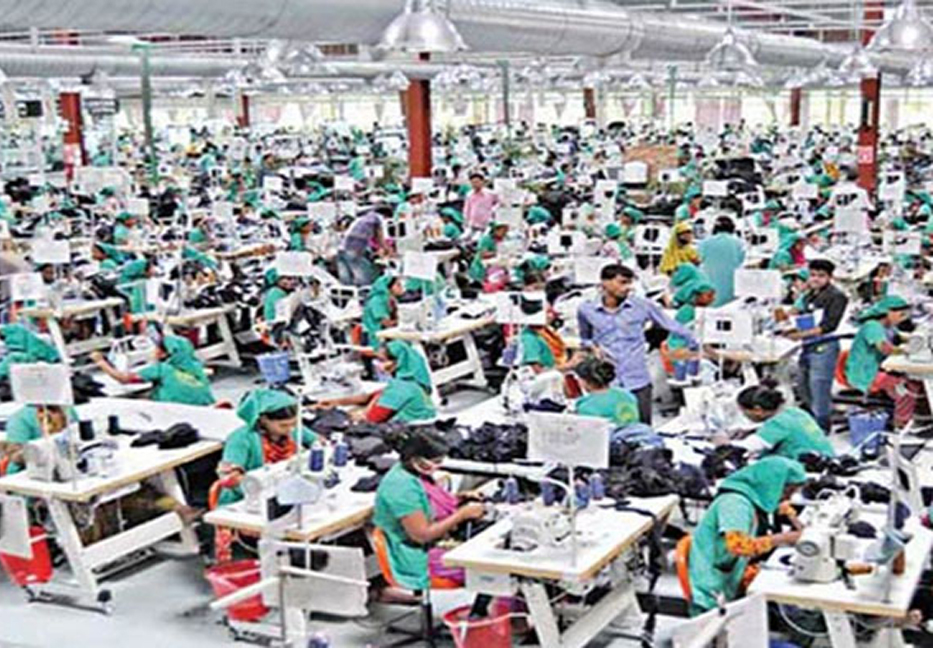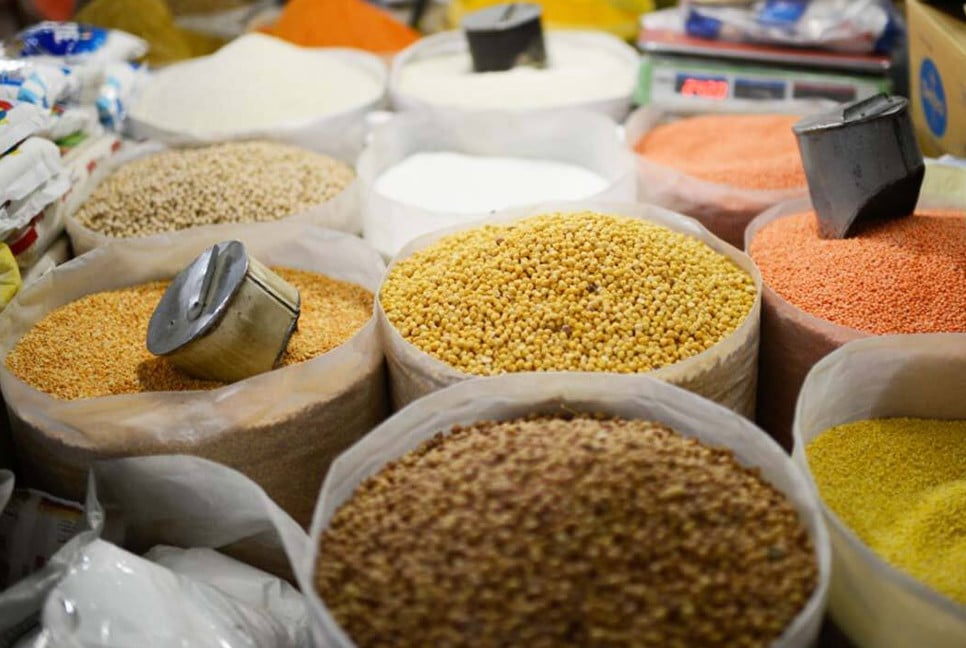More than three hundred garments factories were shut down in the first 8 months of current year. During the period, the purchase orders were decreased by 20 percent. The global demand of knitwear has been decreased due to the inflation occurred after Russia-Ukraine war. The banking related complexities were the cause behind the shutting down of these garments factories. However, in the same period, 114 new garments factories were opened, which contributed to the employment of 12,500 workers.
Exporters say currency devaluation and reduced global demand, among other issues, have led to the closure of these factories producing garments clothes for foreign markets. Inflation reached record levels in Europe and America. As a result, consumers there have reduced spending on consumer goods, which contributed to the reduction in demand for ready-made garments. Because of this, the export orders have been reduced from brands and buyers. BGMEA President Faruque Hassan has written a letter seeking the cooperation of foreign buyers and brands in the context of rising gas and electricity prices and rising production costs. Highlighting the overall context in the letter, he requested to relaz the conditions of buying clothes and other accessories from certain foreign companies as a condition for the purchase of clothes.
According to the Industrial Police data, 320 garment factories in the Industrial Police-area were shut down from January to mid-August this year. Among the closed garment factories, 60 are members of Bangladesh Garment Manufacturers and Exporters Association (BGMEA), 16 are members of Bangladesh Knitwear Manufacturers and Exporters Association (BKMEA), 9 are members of Bangladesh Textile Mills Association (BTMEA) and five are members of Bangladesh Export Processing Zone Authority (BEPZA). Most of the remaining 223 are cottage industries (non-RMG). About 45,000 workers worked in the closed garment factories. 16, 943 workers worked in 60 factories belonging to BGMEA. 16, 173 workers were employed in non-RMG factories. But the good news is that 114 new factories have been opened during this period. 12, 500 workers got new employment there. About 10,000 workers were rehired in 60 factories as they’re going to reopen the factories. Out of this, 38 are in the readymade garment sector and 22 are in the textile sector.
During the same period, 114 new garment factories opened. 12, 500 workers have been employed in these factories. When asked about this, Bangladesh Garment Manufacturers and Exporters Association President Faruque Hassan told The Bangladesh Pratidin, “The purchase orders were decreased by 20 percent from January to October 15 this year compared to the same period of the previous year. We are going through challenges from all sides. It is not easy for us to retain the export income for these 3 months; Rather it’d be very difficult.”
He also said the factory started closing at 1:00 pm or 2:00 pm. But all the factories are operating far below capacity. At the moment there are orders, not absolute absence.
Mohammad Hatem, executive president of BKMEA, said many small factories could not survive due to the loss of sky-bottom gap between Taka and Dollar exchange rates. Highlighting a data of Bangladesh Bank, he said more than 14 percent of garment factories were defaulters.
He also said, “About 100 members of BKMEA did not renew their membership this year. Last year this number was like 800. They are not doing business now. Exporters of ready-made garments feel that the next six months will be challenging for the country's garment industry as orders from international buyers fall due to inflation. Meanwhile, from January to August of this year, the import of clothing from Bangladesh to the United States was decreased by 21.77 percent.”
According to the data published by the Office of Textiles and Apparel (OTEXA) under the Ministry of Commerce of the United States, in the first eight months of 2023, the United States imported clothes worth 5.18 billion dollars from Bangladesh. Bangladesh is the third largest apparel supplier to the United States. According to Otexa data, overall US apparel imports from the world from January to August 2023 fell by 22.77 percent which is equal to $53.45 billion. In the same period of 2022, this amount was 69.21 billion dollars. Exports to the United States fell by 5.51 percent— $8.51 billion from $9.01 billion in the fiscal year 2021-22. About 85 percent of garments products are exported to the European Union and the United States.
(The report was published in Bengali on print and online versions of The Bangladesh Pratidin on October 17 and rewritten in English by Lutful Hoque)




































































